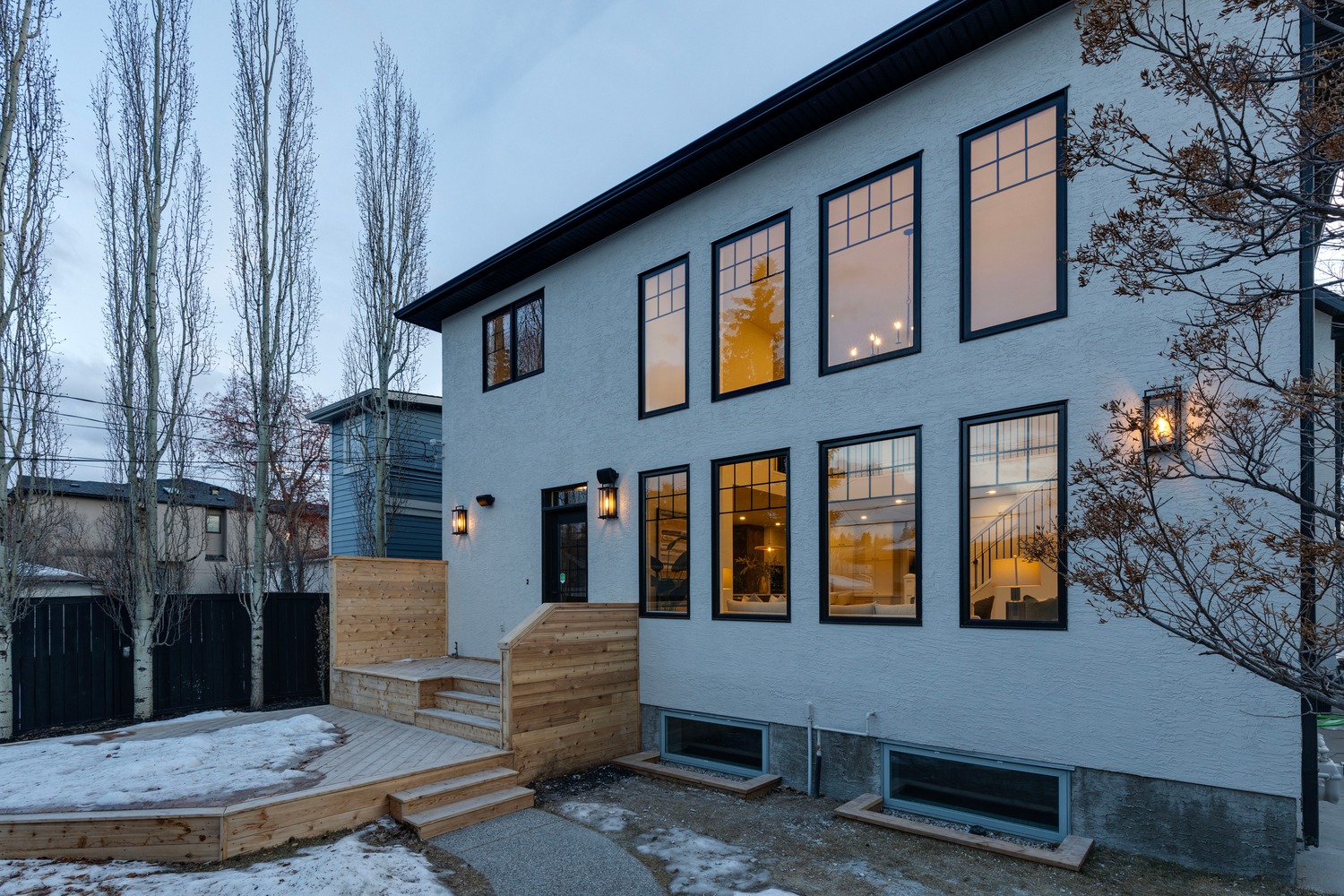1. Inspect and Seal Windows and Doors
One of the most significant ways heat escapes your home is through windows and doors. Inspect them for any gaps or leaks. Use weather stripping or caulk to seal any drafts. Consider adding storm windows or window film for added insulation. This simple step can significantly improve your home’s energy efficiency and reduce heating costs.
2. Check Your Heating System
Before the cold hits, have your heating system inspected by a professional. Ensure that your furnace is clean and functioning properly. Change the air filter to maintain good air quality and efficiency. If you have a fireplace, have it cleaned and inspected to prevent chimney fires and ensure proper ventilation.
3. Insulate Pipes
Frozen pipes can lead to costly damage and repairs. Insulate any exposed pipes in unheated areas, such as basements, attics, and crawl spaces. Use foam pipe insulation or heat tape to keep them warm. If temperatures plummet, let faucets drip slightly to keep water moving through the pipes.
4. Clean Gutters and Downspouts
Clogged gutters can lead to ice dams and water damage during winter. Clean your gutters and downspouts to ensure proper drainage. Consider installing gutter guards to prevent debris buildup in the future. This proactive measure can help protect your roof and foundation.
5. Prepare Your Yard and Landscaping
Winter can be tough on your landscape. Trim any dead or weak branches that could fall on your home during a storm. If you have delicate plants, cover them with burlap or blankets to protect against frost. Additionally, rake leaves and debris to prevent mold and pests from taking residence.
6. Stock Up on Winter Supplies
Be prepared for winter weather by stocking up on essential supplies. Ensure you have ice melt, a snow shovel, and an emergency kit that includes flashlights, batteries, blankets, and non-perishable food. Having these items on hand can make winter storms more manageable.
7. Check Smoke and Carbon Monoxide Detectors
With heating systems running more frequently, it’s crucial to ensure your smoke and carbon monoxide detectors are functioning properly. Test the alarms and replace batteries if needed. This simple step can provide peace of mind during the winter months.
8. Reverse Ceiling Fans
If you have ceiling fans, switch them to run clockwise in winter. This helps push warm air down from the ceiling, improving heating efficiency in your home. It’s a simple adjustment that can make a noticeable difference in comfort.
9. Insulate Attics and Crawl Spaces
Proper insulation in attics and crawl spaces helps keep your home warm and reduces energy costs. Check insulation levels and add more if necessary. This is particularly important in older homes where insulation may have settled or deteriorated over time.
10. Review Your Home Insurance Policy
Lastly, take some time to review your home insurance policy. Ensure that you have adequate coverage for winter-related incidents such as frozen pipes, roof damage, or liability for slips and falls. Understanding your policy can provide added security during the winter months.
Conclusion
Preparing your home for winter is a proactive approach to ensure comfort, safety, and efficiency during the colder months. By following these tips, you can protect your home from potential damage, save on energy costs, and create a warm environment for you and your family. Embrace the season and enjoy the cozy comforts of winter!




